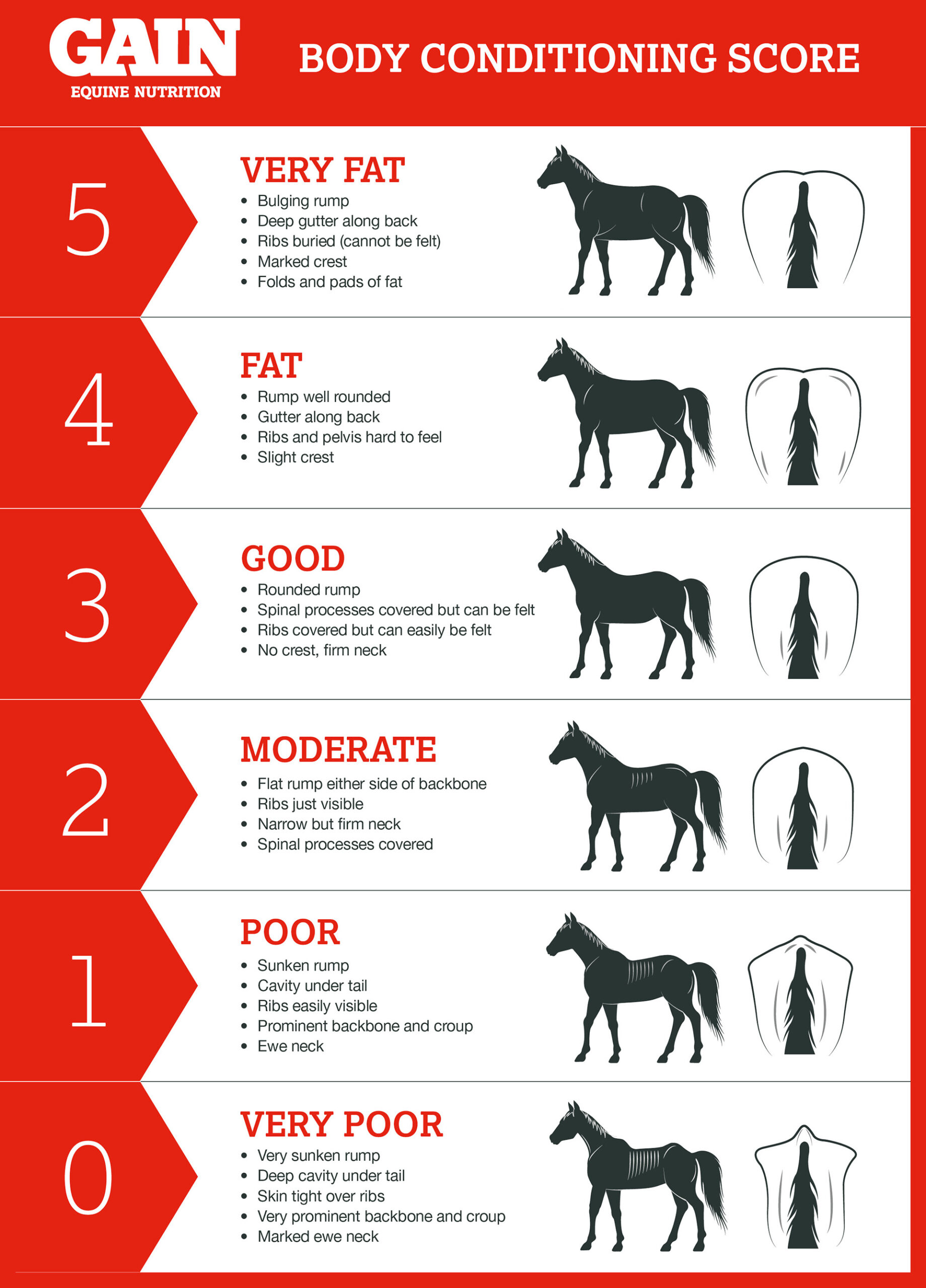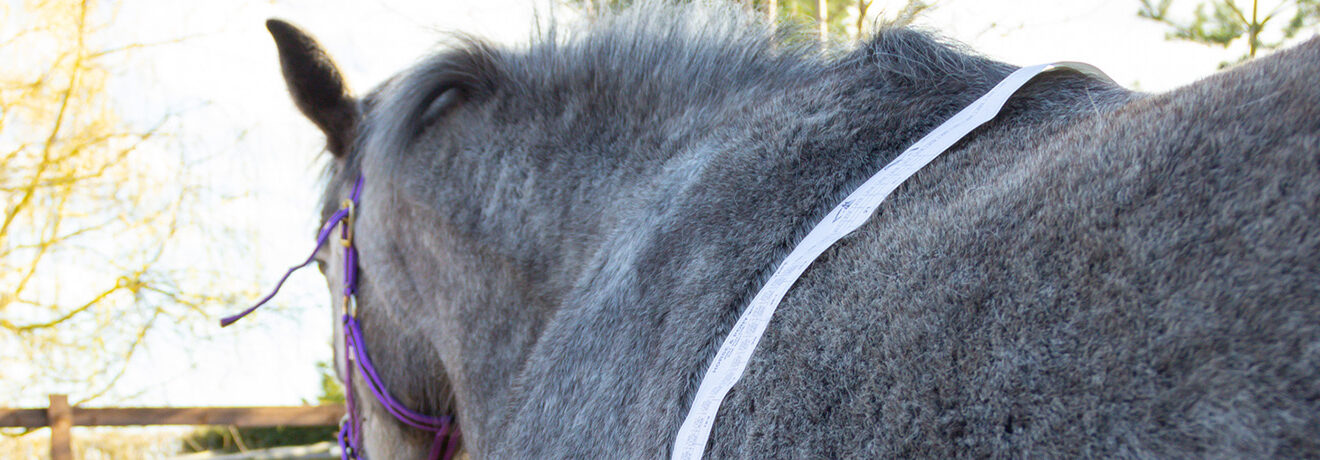What is Laminitis?
Laminitis is a common and extremely painful condition that can continuously reoccur in horses or ponies.
Several factors that are linked to the onset of laminitis:
- Obesity
- Insulin resistance
- Non-structural carbohydrate overload
- Drug induced complications
- Endotoxaemia (commonly associated with retained placenta post-delivery)
- Overconsumption of lush young pasture
Laminitis can lead to lameness in affected horses and ponies, and in the most severe cases, can lead to total debilitation and even death.
Preventing laminitis using nutritional strategies
There are some nutritional strategies that have been shown to help in the management of laminitis and even help prevent the onset of acute laminitis.
- Find out the starch content of your concentrate diet – remove high starch feeds and replace with low starch alternatives e.g GAIN Easy Go Cubes
- In obesity linked cases, reduce access to pasture by strip grazing, using a grazing muzzle or restricting turn out time. This will help to reduce body weight however do not starve
- Replace pasture with soaked hay or unmolassed chaff
- Feeding a low starch balancer such as GAIN Opti-Care, which will provide the nutrients to encourage hoof wall growth without providing excess calories in the diet
- Feed later cut hay with a low level of water-soluble carbohydrate (WSC) i.e. sugars of less than 12%
- Soak hay for 30 minutes in warm water if possible before feeding to remove as many residual soluble sugars as possible
- Feed 2% of the horses bodyweight as hay reducing to 1.5% if not losing weight
- Turn out horses only at safer times of the year i.e. not during grass flushing times and overnight (if no frost, as fructan content of grass is particularly high after frost)
- If the horse is sound, exercise whenever possible even walking out in hand
- Regularly assess body condition and take into account breed types and natural body frame when assessing condition
- Monitor weight loss and retest for insulin resistance following weight loss programme
- Always check the placenta post foaling if not intact contact your vet to ‘flush’ the mares uterus
- For underweight laminitics, energy should be supplied as fat and fibre or low starch based concentrates such as GAIN Easy Go Cubes which is 8% starch
Body Condition Score
If possible, horses should be weighed, the use of a weigh tape is sufficient but is not totally accurate, it is best to keep a record of your measurements to record and relate any changes in weight over time.
It is important when using a weigh tape to ensure that the horse is standing squarely on a hard, flat surface. The weigh tape is placed over the lowest point of the wither passing around the horse as close as possible to the back of the elbow on a slightly diagonal angle. Be careful not to pull the tape too tight and do not hold your fingers under the tape as this may give a false reading.
It is important to have an accurate idea of your horse’s weight to allow you to calculate the feed ration, to assess any weight gain/loss and to allow you to correctly dose and administer wormers or medication.

Joanne Hurley is a nutrition specialist with GAIN Equine Nutrition. She holds a Masters in Animal Nutrition and Production from UCD. Joanne can be contacted by email at jhurley@tirlan.ie

